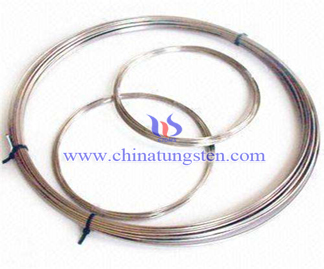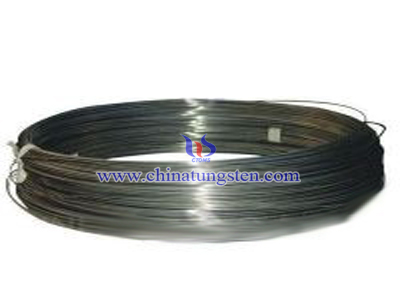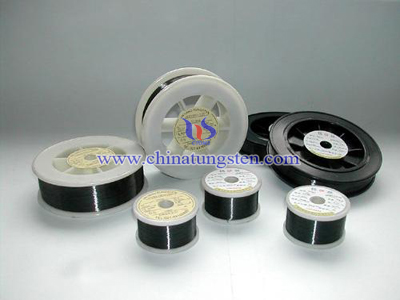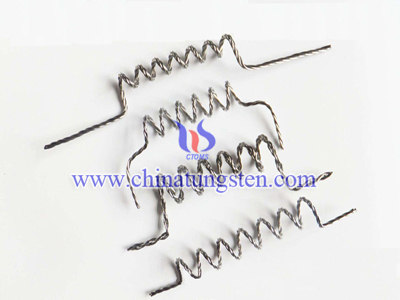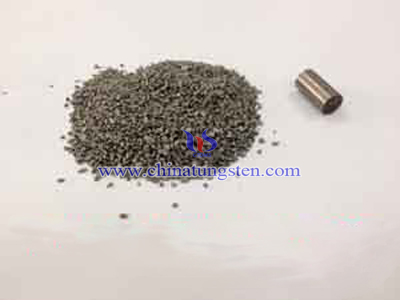Application of Doped Tungsten Wire
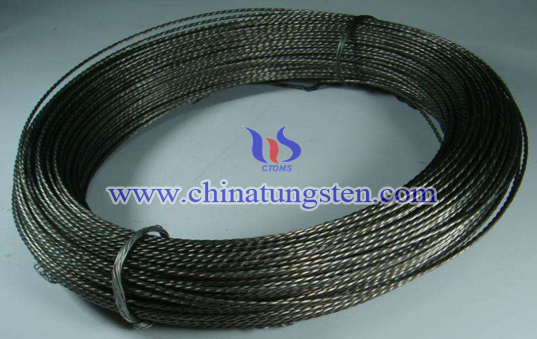
The most common doped tungsten wire application is for lighting lamps, because tungsten is very tolerant of heat, and doped tungsten wire can against flagging of incandescent filaments, which prolong the life of lighting lamps.
The reasons why incandescent filaments adopt doped tungsten wire other than undoped tungsten wires as follows.
As the working temperature of incandescent bulbs using tungsten filament is from 2300 to 2800℃, and general, the greater the filament bulb working power, the higher the temperature of tungsten filaments. It is obvious that the working temperature of the tungsten filament far more than the recrystallization temperature of it .As time goes by, tungsten filament between two hook sections will produce droop phenomenon in its self-respect, what is worst, filament will downward to the light bulb.
Doped tungsten wire will greatly prevent this phenomenon happened. As in tungsten powder metallurgical process, tungsten was mixed with small amounts of potassium, silicon and aluminum oxide. Although only a few of silicon and aluminum and the millionth potassium content are doped, but its flagging degree have greatly improved with this doping of these elements. Because the recrystallization crystals of undoped tungsten wires are equiaxial crystals while the recrystallization crystals of doped tungsten wires are long overlapped strip crystals.
From the perspective of metal high-temperature creep theory, this thick long lap structure of doped tungsten wire’s recrystallization crystals can greatly enhance the ability of high-temperature resistance and flagging resistance. According to a series of the transmission electron microscope and Russia analysis of 1970s shows that the doped tungsten wires’ long overlapped strip structure of crystals has close relationship with the doped element of potassium. As the potassium remains in the doped tungsten wires forms potassium bubble paralleled with wires in processing, which hinders the horizontal expanding of crystals resulting in growing up the thick long structure.

